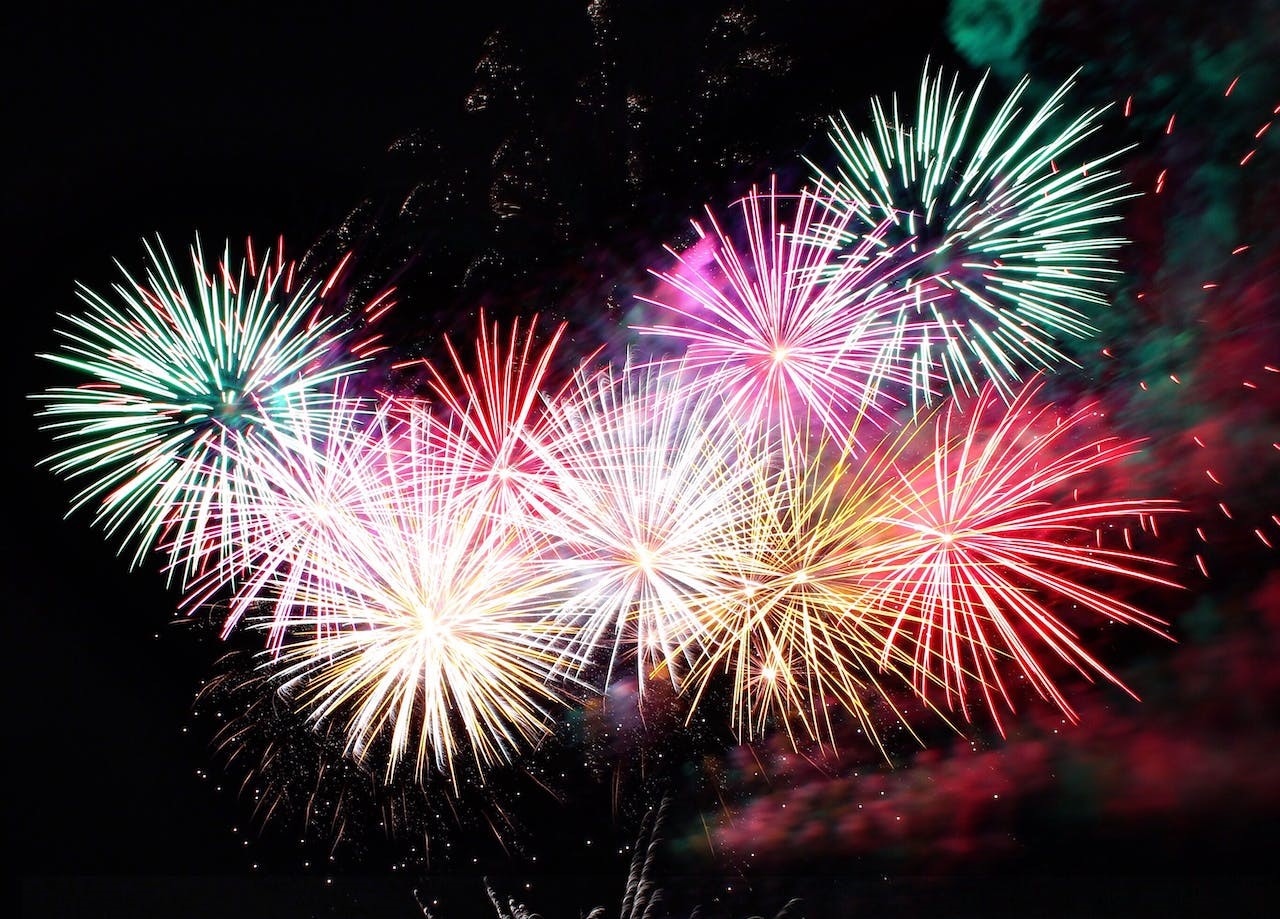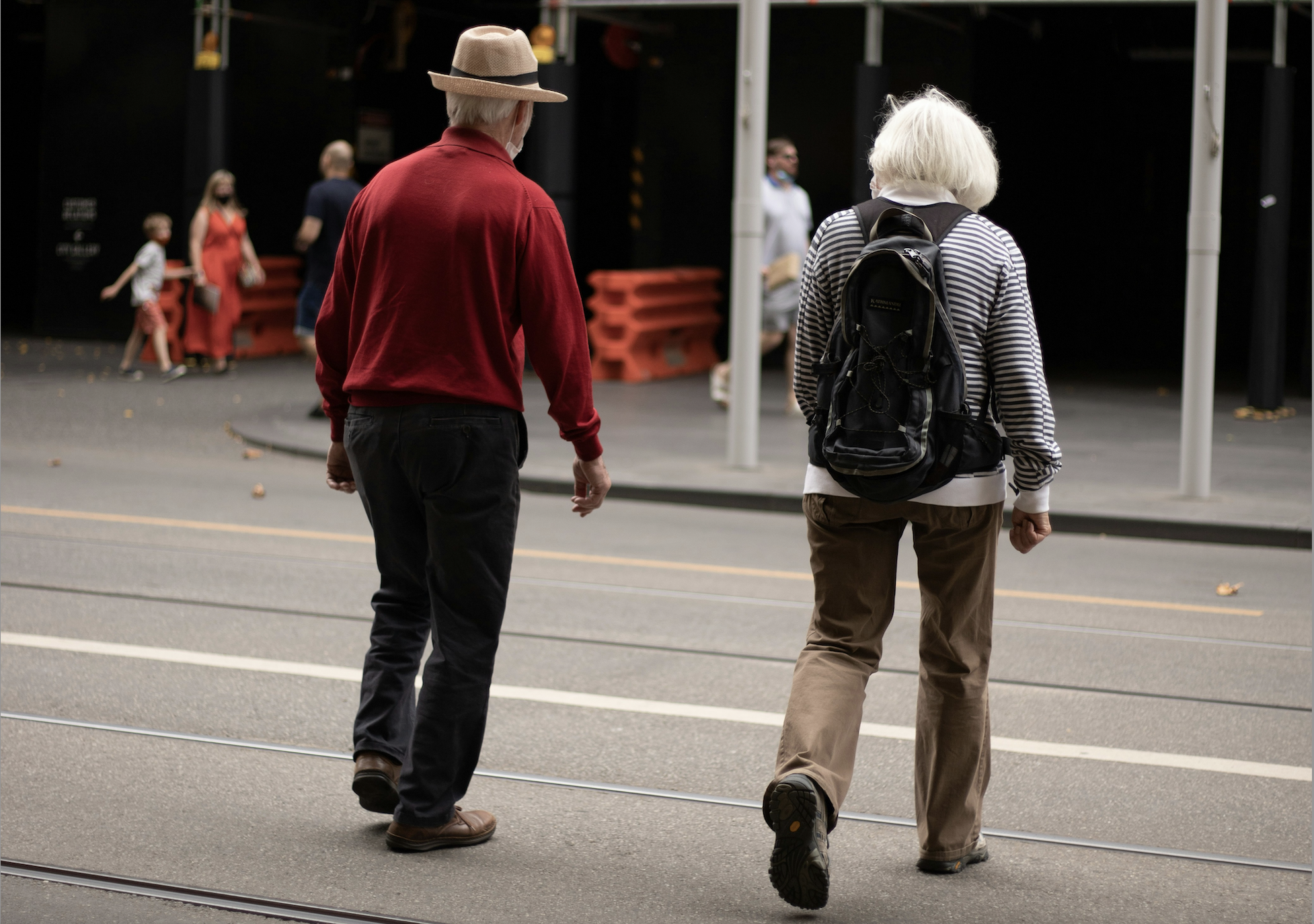When the news came out yesterday that a Staten Island grand jury had failed to indict officer Daniel Pantaleo for killing Eric Garner with an illegal chokehold, like many people I found the outcome difficult to comprehend. With clear video evidence showing that Pantaleo broke NYPD protocol and a coroner's report certifying that Garner's death was a homicide, this grand jury should have reached the conclusion that had eluded grand jurors in the Michael Brown case in St. Louis County: There should be a trial to determine if Pantaleo had committed a crime. But apparently that's not how our justice system works.

As the editor-in-chief of Streetsblog, I've been grappling with how and whether the site should cover these incidents of police violence. Do the killings fall within the Streetsblog beat? My first inclination was to say they do not. I don't believe there is something intrinsic to the streets of Staten Island or Ferguson to explain the deadly force that Pantaleo and Darren Wilson applied against unarmed black men. Wilson did initially stop Brown and his friend Dorian Johnson for jaywalking, but another pretense could have been concocted -- none of the other high-profile police killings in recent months began with a jaywalking stop.
Nor is police harassment and aggression against black men limited to streets. John Crawford III was shot and killed in an Ohio Wal-Mart. Akai Gurley lost his life in the building where he lived. It is an "everywhere" problem, not just a "streets" problem.
Nevertheless, for people of color, the mere act of going out on the street carries the disproportionate risk that an encounter with police will escalate into a fatal situation -- or, on a more routine basis, the threat of a random police stop turning into an arrest that can have profound life consequences. As Adonia Lugo wrote for the League of American Bicyclists last week, these considerations affect how people use streets and public spaces, including their choice of how to get around.
I'm white; I don't know what it's like to carry this apprehension with me whenever I'm out walking or riding my bike. So I would like to do something a little different with this post and invite people of color who read Streetsblog (or who just came across this post floating on the internet) to share your thoughts. What effect does the threat of police violence have on how you experience and use streets and public spaces?





